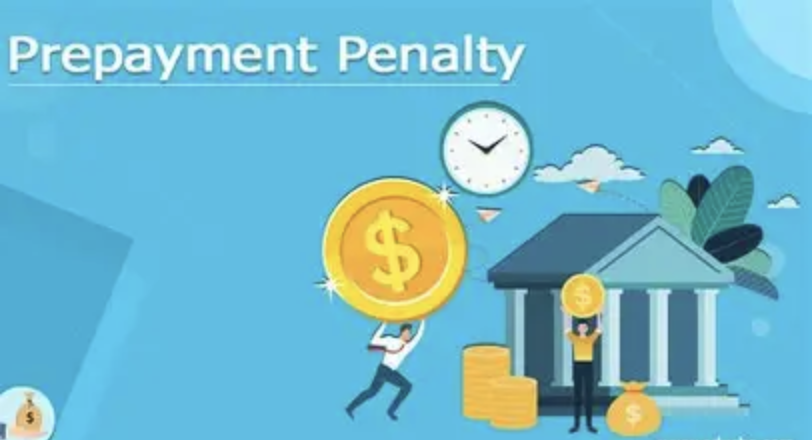For individuals who spend a lot, installment plans often appear to be an easy solution for handling luxury buys, whether it’s an expensive watch or renting a private jet. However, aside from the tempting "low monthly payments," there are stealthy expenses that can diminish wealth, making it essential to understand the real cost of borrowing.

Opting for installments on a luxury car priced at $100,000 locks you into monthly payments that might have funded more profitable investments. For instance, a $5,000 monthly payment over two years could have turned into $15,000 if invested in a short-term private equity venture or a unique art auction. This lost potential for growth isn't shown in the interest charged on the installment but represents a genuine cost of postponed investments.
Prepayment Fees: The "Flexibility Tax"
Installment agreements for luxury items, such as bespoke jewelry or upscale home improvements, often impose fees if you wish to pay off the debt early. A wealthy individual aiming to settle the balance in one go may be faced with penalties ranging from 2% to 5% of the remaining loan amount—essentially rewarding inactivity and penalizing financial prudence. The inability to be flexible prevents funds from being used in ways that could be more beneficial.
Carrying large outstanding balances on installment loans—even when you make payments punctually—can drive up your credit utilization rate, a key metric taken into account when calculating credit scores.For someone applying for a loan for an expensive vacation home, a significant yacht installment plan might decrease their credit score, resulting in a slightly higher interest rate.Over time, even a slight discrepancy can accumulate into considerable extra expenses.This means that even prudent borrowers might unknowingly incur hidden costs from maintaining large installment debts, undermining their financial edge.

Beyond Interest: Insurance and Administrative Fees
Lenders typically package installment loans with necessary extras—like "purchase protection insurance" for a high-priced camera or "administrative fees" for a luxury vacation package. The marketing materials seldom highlight these extra expenses, yet they can greatly raise the total cost. An installment plan for an exclusive wine collection may carry considerable hidden charges, transforming a seemingly "low-interest" agreement into a hefty obligation.

Installment plans shift the definition of "affordable" by breaking down large costs into smaller monthly installments. A high-income individual may view a designer bag as "just a small monthly payment," which can lead to more frequent luxury purchases and trap them in a cycle of debt. Over time, this weakens the discipline required to focus on more important investments—like establishing a family trust or funding a new business—instead of opting for immediate pleasures.
Focus on Cash for Appreciating Purchases
For items that decrease in value, such as luxury tech gadgets or trendy clothing, it’s better to avoid installment plans altogether. Instead, opt to use cash reserves, keeping your credit free for investments that appreciate in value—like commercial property or unique collectibles. For substantial purchases, such as private jets, explore secured loans with lower interest rates rather than retail installment agreements to limit unforeseen costs.







